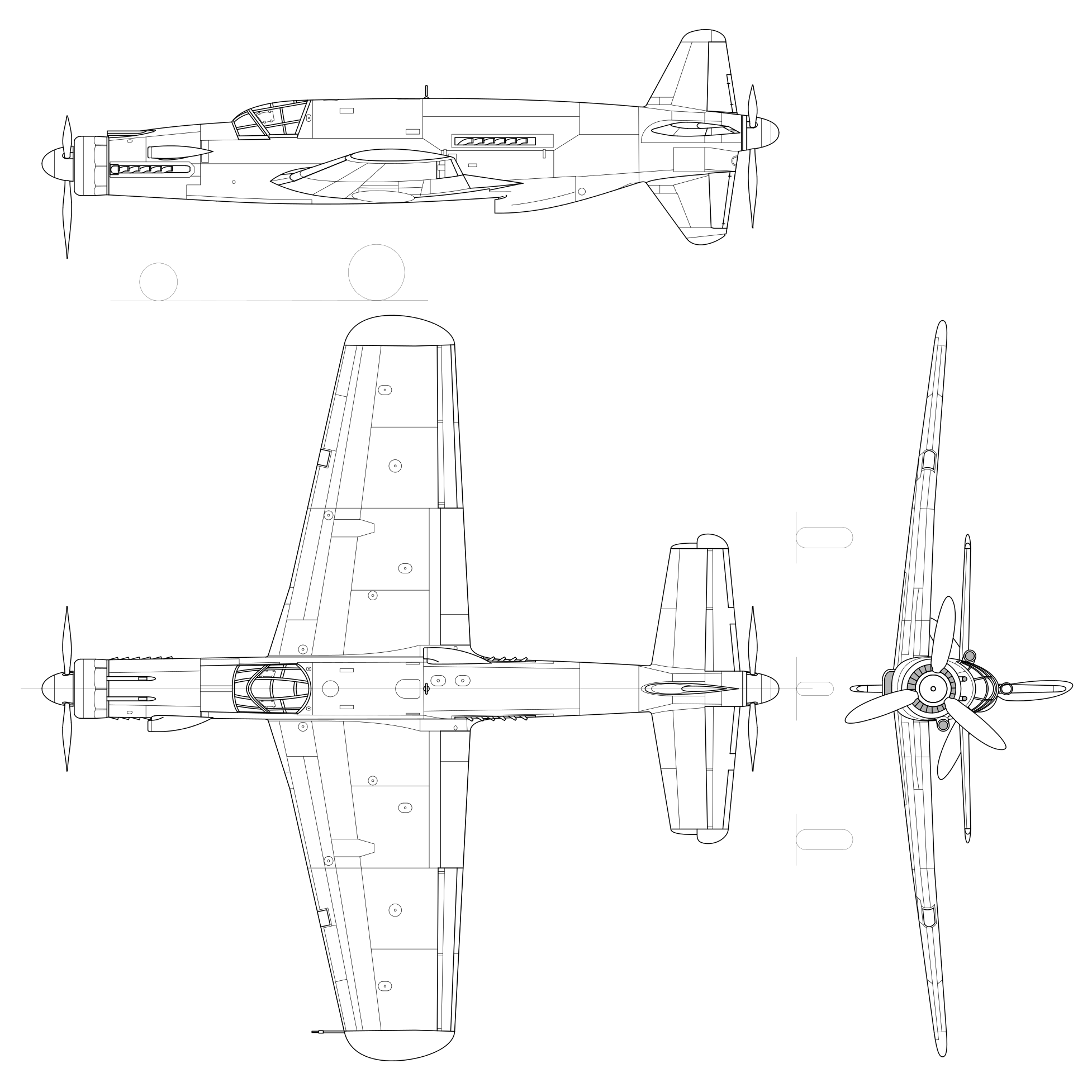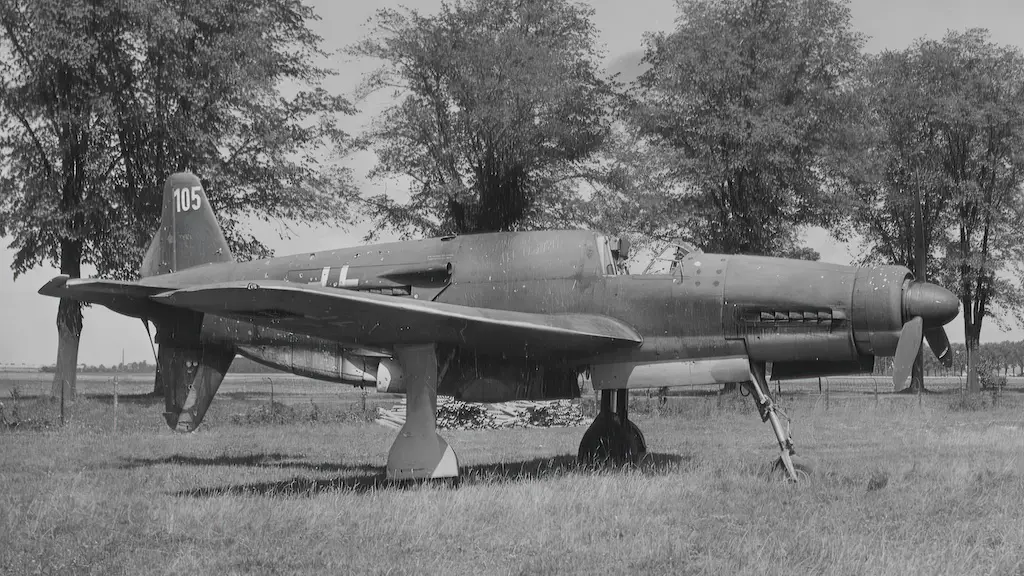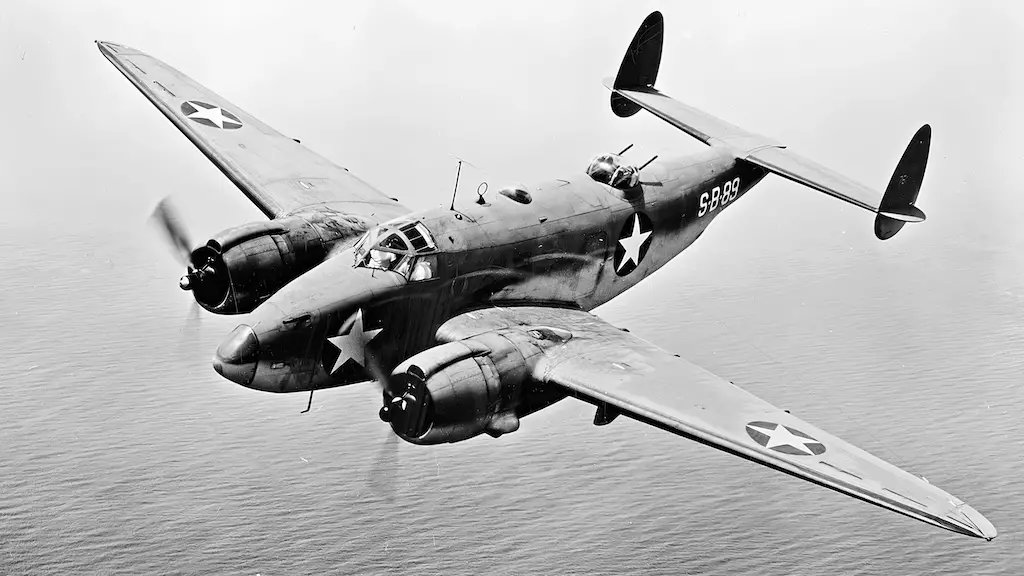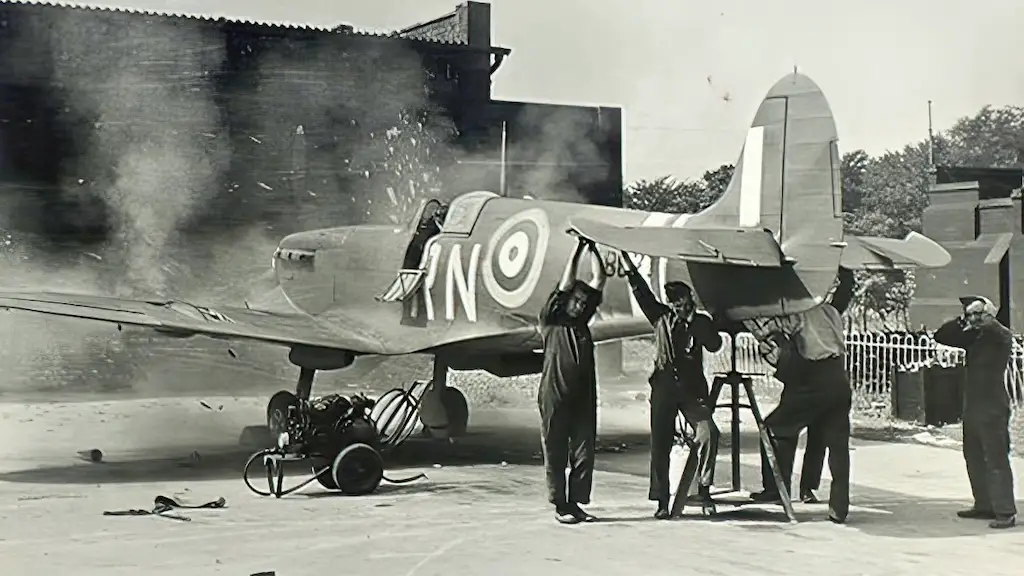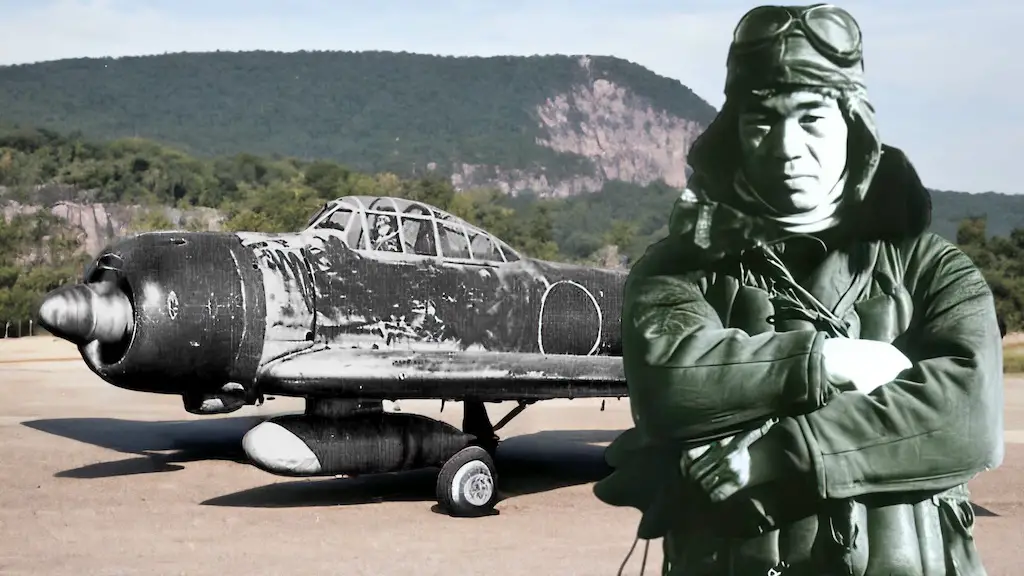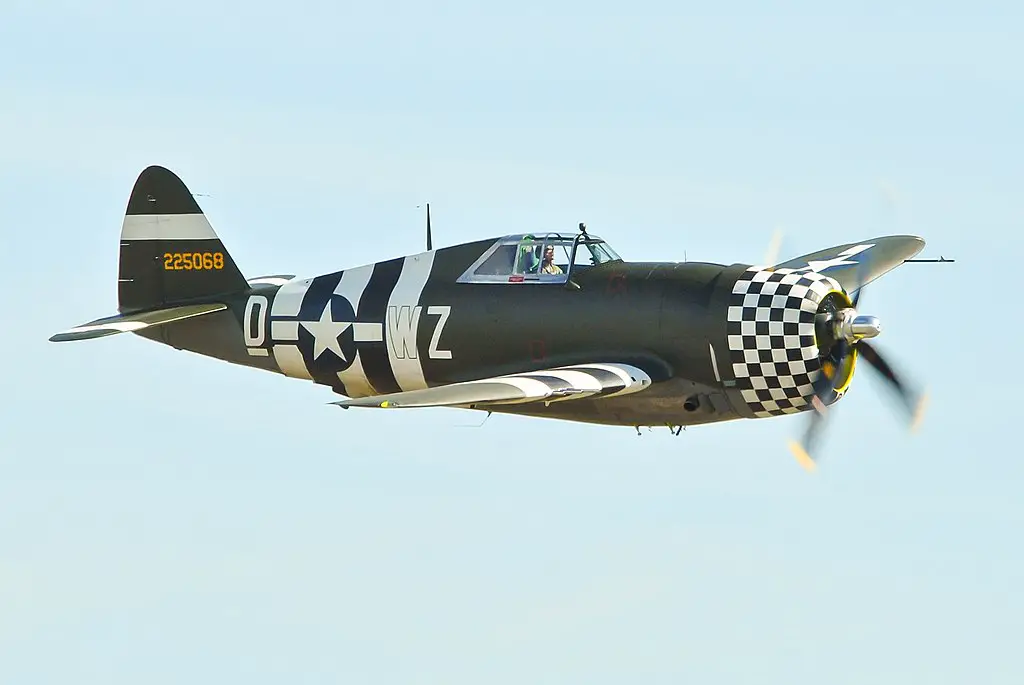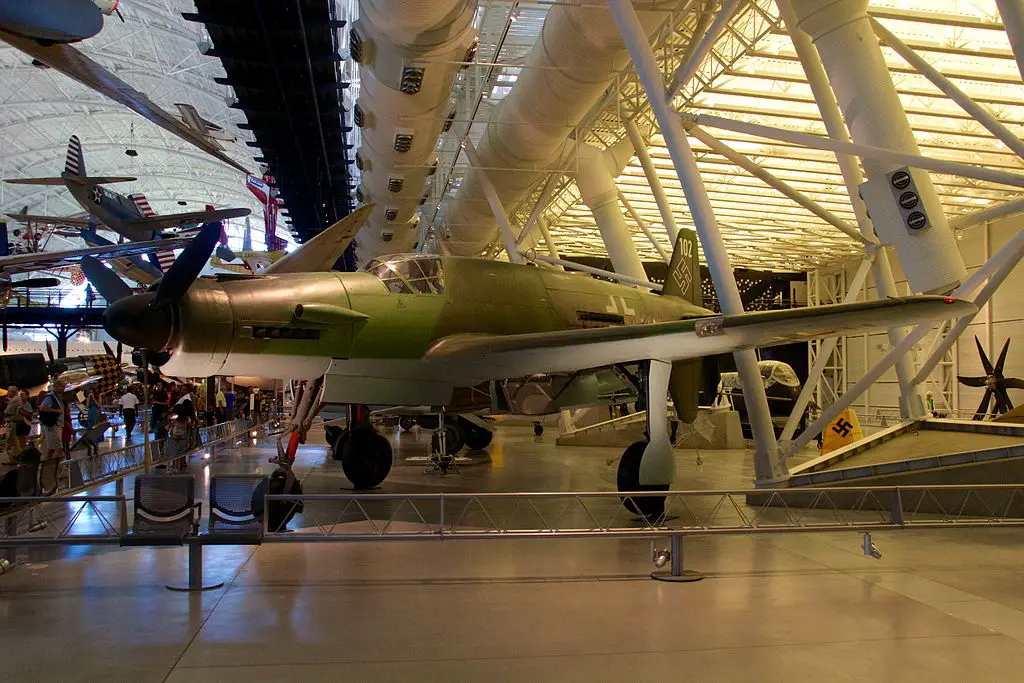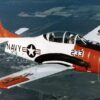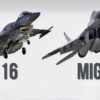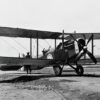Initial concept
Claudius Dornier began exploring the push-pull engine idea during WWI by designing an aircraft with propellers remotely rotated by the engine. This design had proven advantageous in several ways; it allowed for reduced drag and placed the engine somewhere within the aircraft, only leaving the propeller exposed to the oncoming air.
In the 1930s Dornier had the idea of using two engines mounted within the fuselage – one powering a propeller at the rear and a second powering a propeller in the nose. This became known as the push-pull engine configuration. Its unique push-pull engine configuration allowed it to reach a cruising speed of 426 mph, an impressive feat for a piston-engined aircraft.
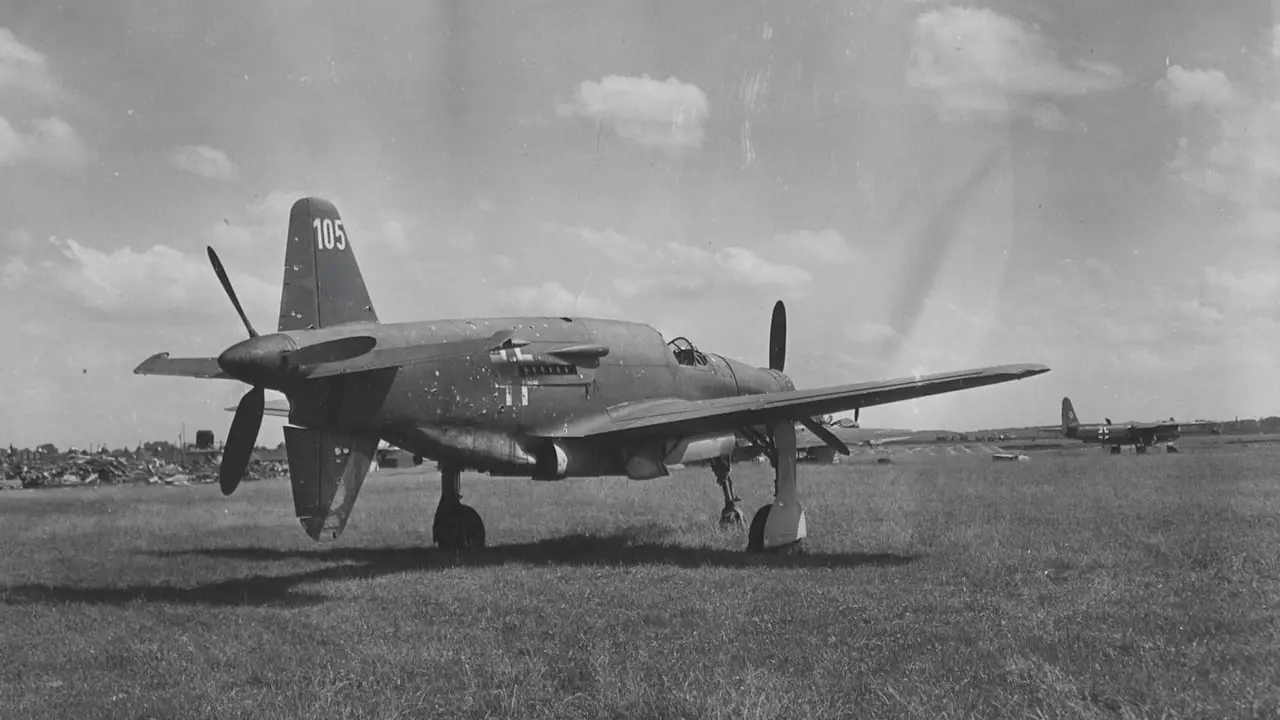
Project changes
The project was cancelled briefly in 1940 but Dornier started working on it again in May 1942. However, the aircraft would now be a fast bomber-intruder as per the high command’s request. Within the same year, the project was changed again. This time Dornier was tasked with creating a multi-role fighter. Unfortunately all these changes delayed the project considerably.
Over a year later the Do 335 had its first flight and subsequent testing showed great results. The fighter was equipped with a 30mm cannon firing through the propeller and two 15 mm cannons above the nose. The aircraft dwarfed other fighters and would look right at home next to bombers, with a wingspan of 45 ft 3 in and a length of 45 ft 5 in.
Reliability
While being equipped with two engines made it extremely fast it also created some reliability issues. The two propellers while improved on speed, also meant that unlike most aircraft of its age, the Do 335 had to be very horizontal. This was due to the fact that the rear propeller wouldn’t allow it to take off like a regular tail-dragger.
To accommodate for this design, the landing gear was long and thin, which often couldn’t sustain the weight of the aircraft pushing down on it. Combined with the logistical problems that Germany faced towards the war’s end, only a handful were ever made.
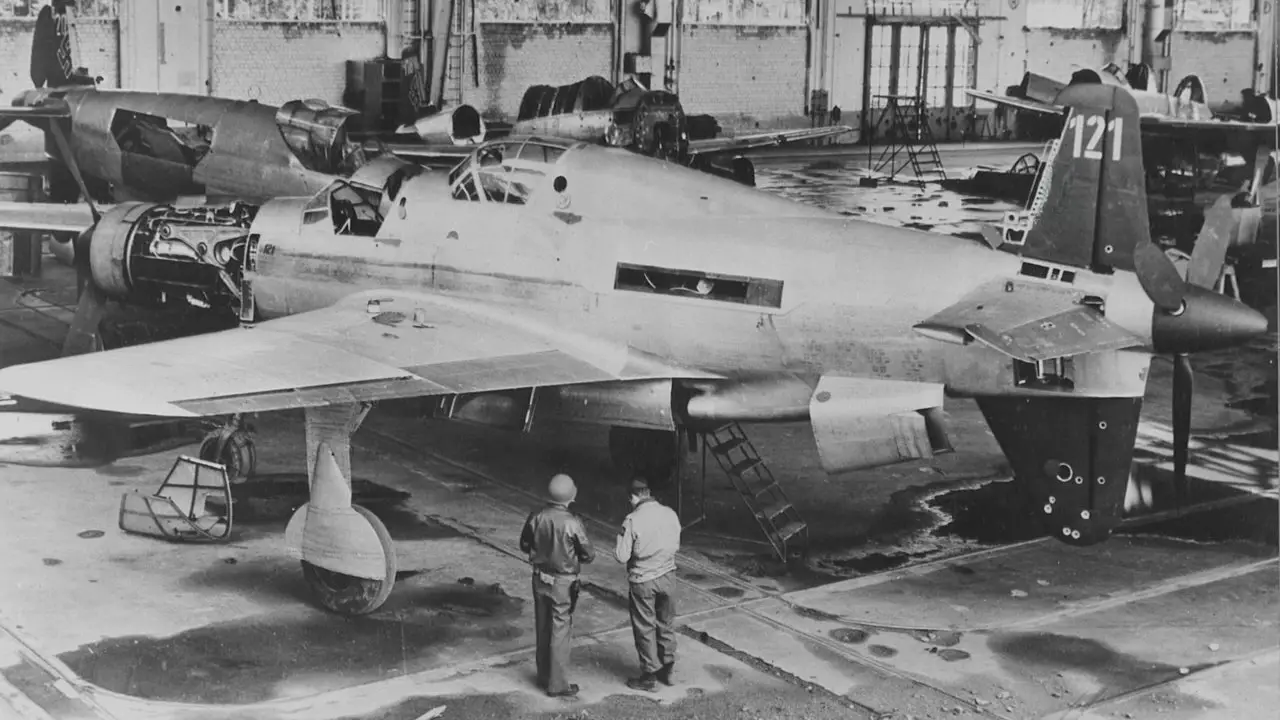
Practicality
It certainly made for great propaganda material, just like many other advanced weapons invented towards the end of the war. However, just like the V-1/2 rockets and jet-engined aircraft, the Do 335’s impact on the actual outcome of the war was negligible. The Americans got their hands on two Do 335’s, but after studying the aircraft, they didn’t see any practical application for the design; besides, it was clear that the jets would soon make piston-engined fighters obsolete.
A Dornier Do 335 was a rare sight even during WWII, as only 37 units were ever built. Today only one Do 335 remains. Restored in 1975 by Dornier, it was later returned to the U.S.
